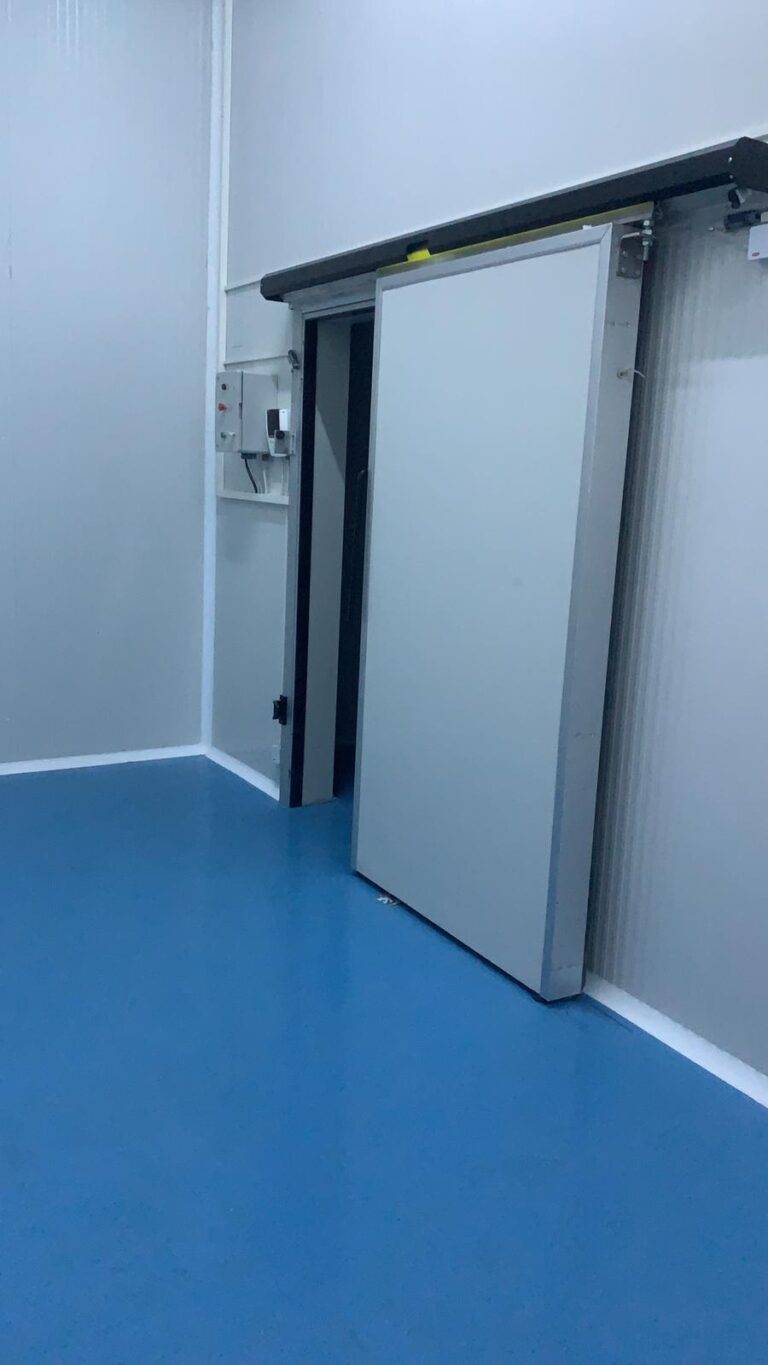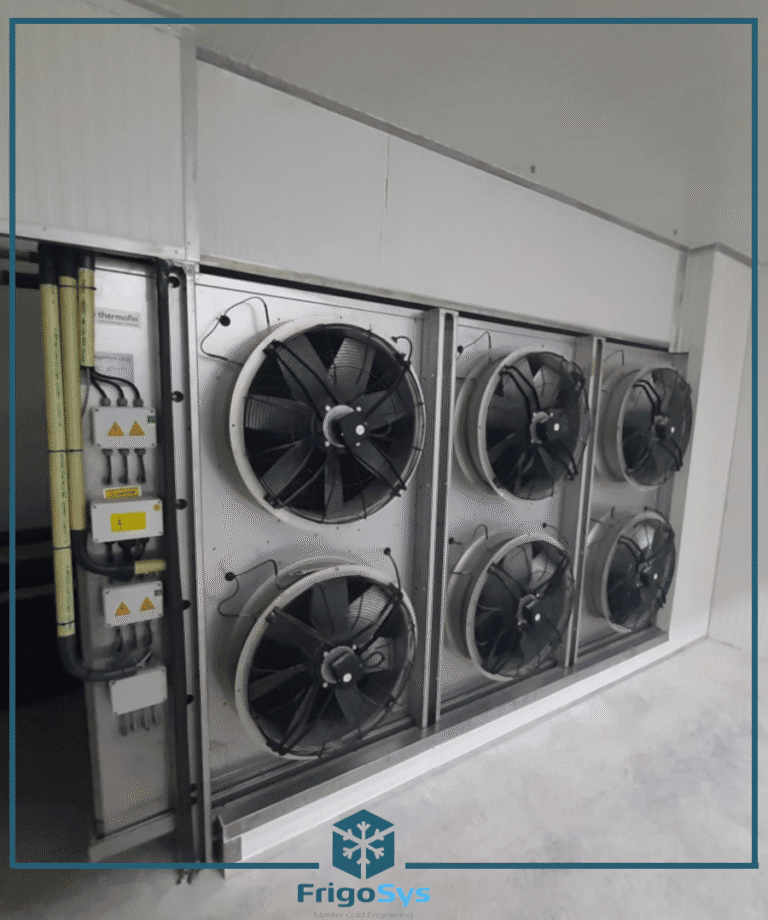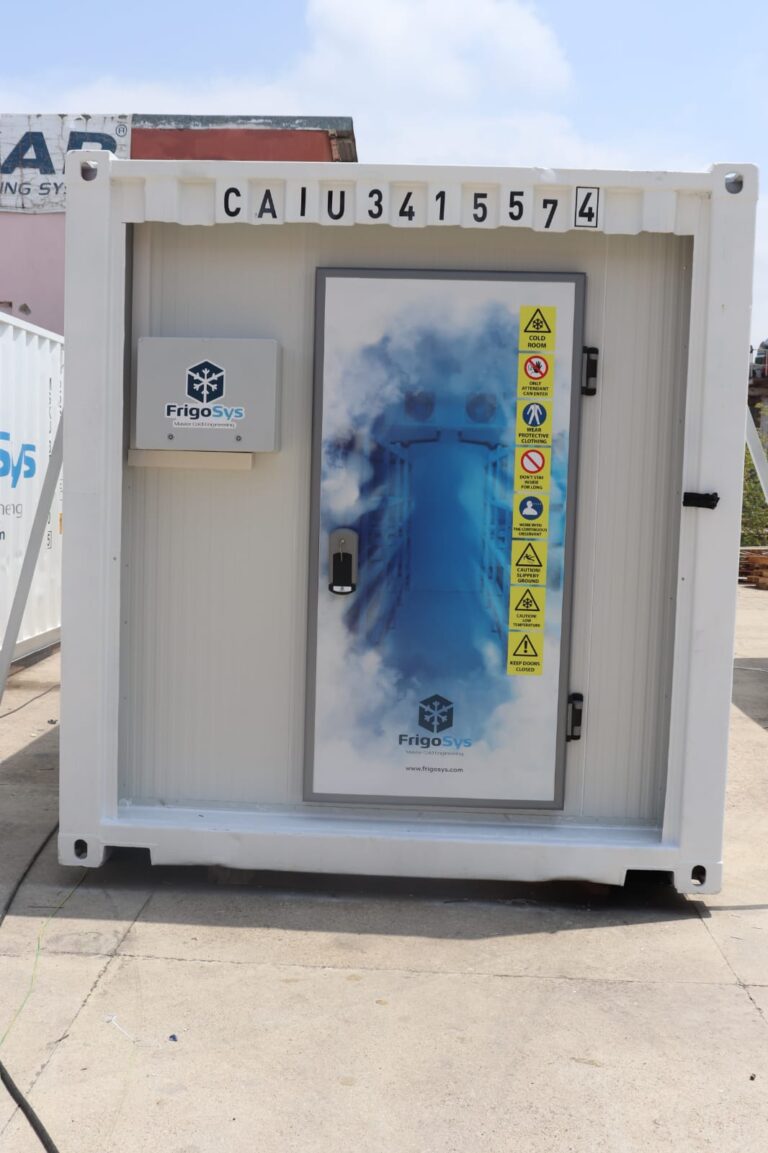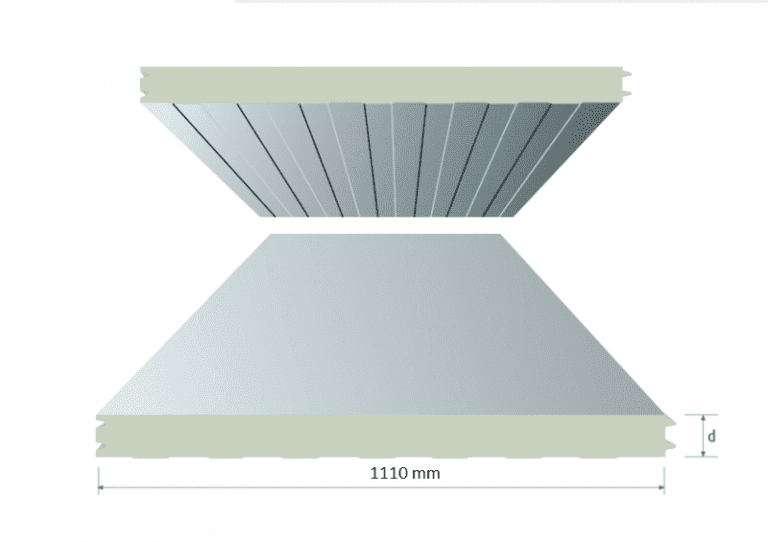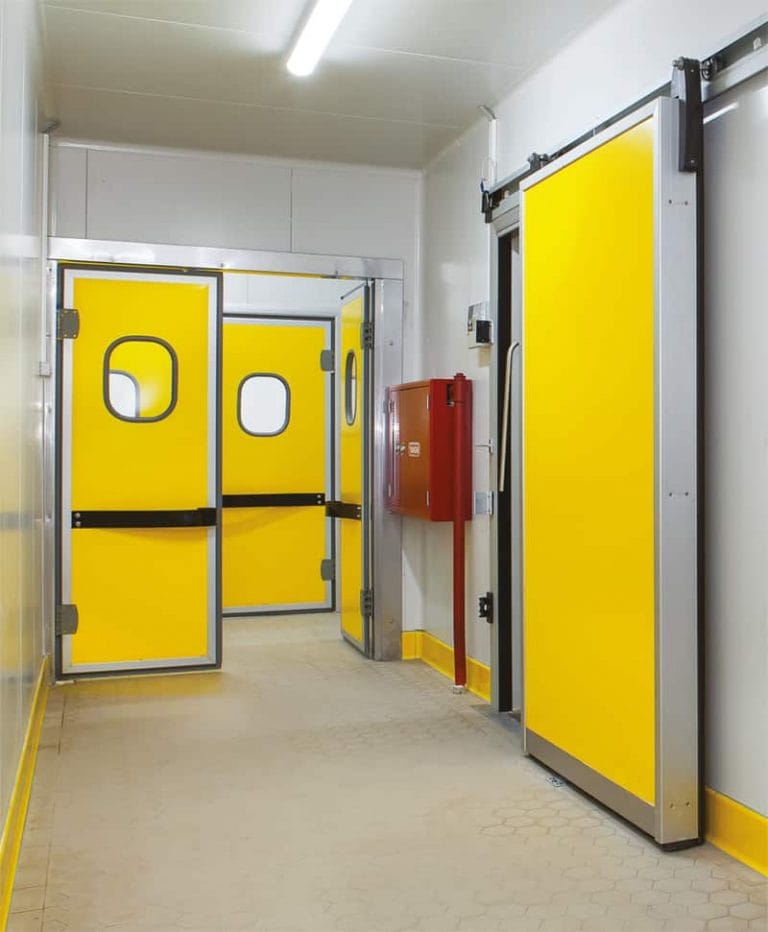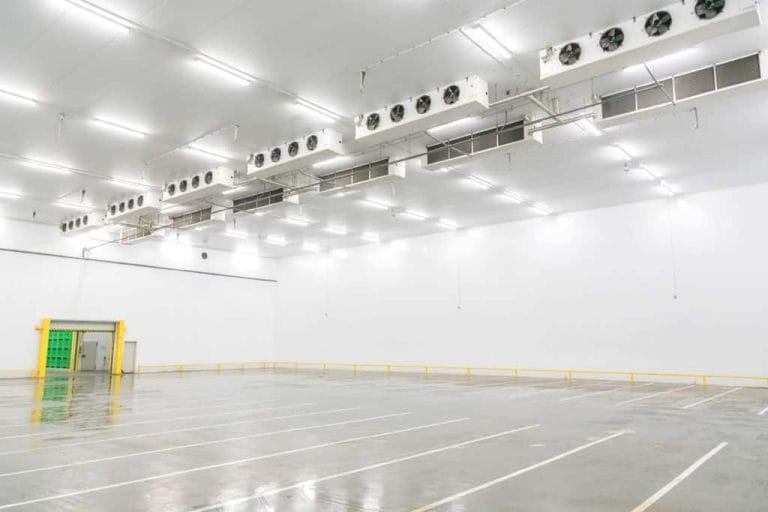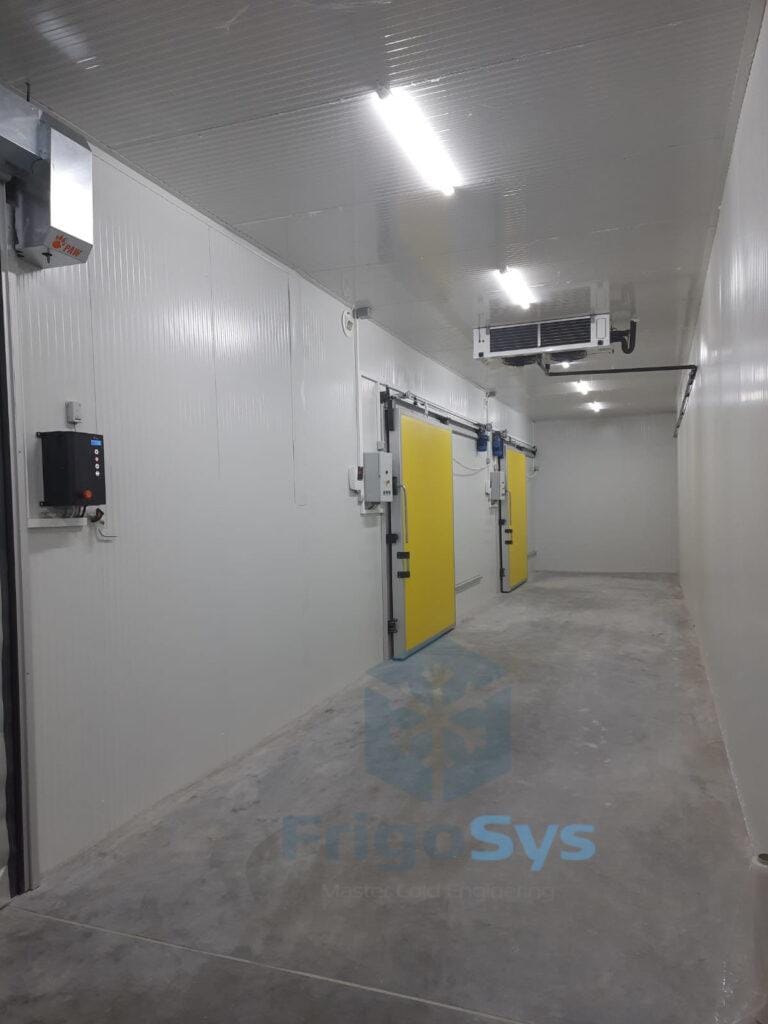Refrigeration compressors provide refrigerant circulation in the system and, unlike gas compressors, are not used independently outside of the refrigeration system. Differences in the working conditions of compressors in the structure of refrigerating machines from the operating conditions of general-purpose compressors:
Operated over a wide range of changes in the suction and discharge pressures;
It is not infrequent that the refrigerants dissolve oils and the lubrication conditions of the compressor deteriorate;
The aspirated steam has a low temperature and often carries drops of liquid;
Sometimes it can be observed a condensation of refrigerant in the cylinder (with intensive cooling);
Often refrigerants are very fluid and have a high permeability;
Increased requirements are always demanding to refrigerate compressors: greater reliability, considerable lifetime, high efficiency, etc.
Piston type Refrigeration Compressors
Most commonly refrigerating machines are used:
Semi-Hermetic Refrigeration
Semi-hermetic compressors are used in the units, where large-capacity compact equipment is required. This type of equipment can develop power up to 350 kW. Most often there are piston and screw models of compressors. The working part and the electric motor of this device of this type are in a dismountable casing, which makes the compressor more repairable. It can be easy to dismantle, remove the electric motor and replace the necessary parts. The operating mode can be adjusted by closing a part of the suction valves.
Other advantages of this equipment include:
high power;
compactness;
ease of maintenance.
Some manufacturers;
Bitzer , Frascold , Dorin , Copeland

Hermetic, Semi-hermetic, and Open Refrigeration Compressors
Refrigeration compressors differ in their construction for hermetic, semi-hermetic, and open devices. Hermetic Refrigeration Compressors. Hermetic compressors are located in the same housing as an electric motor, which is cooled directly by the coolant. Their advantages include:
economy;
compactness;
universality.
Hermetic refrigeration compressors have a relatively small capacity – up to 35 kW

Enclosed are refrigeration compressors with ammonia and freon
These are vertical or angular (V- and W-shaped) devices in the case of the monoblock compressor (for strengthening, rigidity, and easiness of layout) of a single-action machine. Usually, these are direct-flow compressors, with false cylinder covers (to protect against the water-hammer effect). Cylinders are cooled. The ammonia compressors have a jacket cooling by water. The freon compressors are air-cooled, with fins of the cylinders
Advantages:
high-speed, light, and compact units;
irreplaceable for small production
Disadvantages:
complex access to the bearings, the lubrication system and other details, located in the block-crankcase.
Screw-type Refrigeration Compressors
Screw compressors are widely used in refrigeration machines. These are one-or two-rotor machines of volume effect with a constant geometric degree of compression. They are divided into two types: dry and oil-filled. A large amount of oil is injected into the working cavity to seal the gaps, lubrication, and cool into the oiled compressors. The oil injection allows reducing the noise level significantly.
Advantages:
high-speeding, low weight and dimensions (their dimensions in 2-10 times, and masses in 10-100 times less than in the reciprocating compressors of the same capacity), complete steadiness, practically non-pulsating feed, no vibrations;a wide range of step-less performance control (from 10 to 100%), operation in variable modes with a slight change in efficiency; absence of a surging mode; the ability to work in a humid environment, as these machines are not afraid of water-hammer effects; high reliability and considerable lifetime (no valves and friction parts);
easy servicing, automation, and remote control.
Disadvantages:
high noise level;
the necessity for cooling at medium and high degrees of increased pressure.

Scroll type Refrigeration Compressors
Pumping in this type of compressor is made by two spirals − moving one and stationary other. The fixed spiral is fixed inside the compressor casing, and the movable is mounted on the eccentric. Due to a specially selected profile, chambers are formed between these spirals, along which the gas moves. Herewith, their shape is calculated in such a way that they do not slip, which is much reduces their wear level. This type of equipment is most often used to compress oil-free gases. Due to their constructive features, they have some advantages over the other types of compressor equipment:
reducing the load on the electric motor, especially at the moment of its start; passing through the cylindrical body, the coolant cools the engine effectively;ensuring the uniformity rate of gas supply;
vary of a high level of reliability;having a reduced noise level.
Along with a number of advantages of the scroll compressors, they also have disadvantages that prevent them from being implemented more actively. Among the most serious, there are two:
complex manufacturing technology,
relatively low productivity.
At the same time, it should be noted that an increasing number of spiral compressors are being offered on the market today, with a constant increase in their quality. It is expected that in the near future, this type of equipment will begin to displace the other less reliable systems
